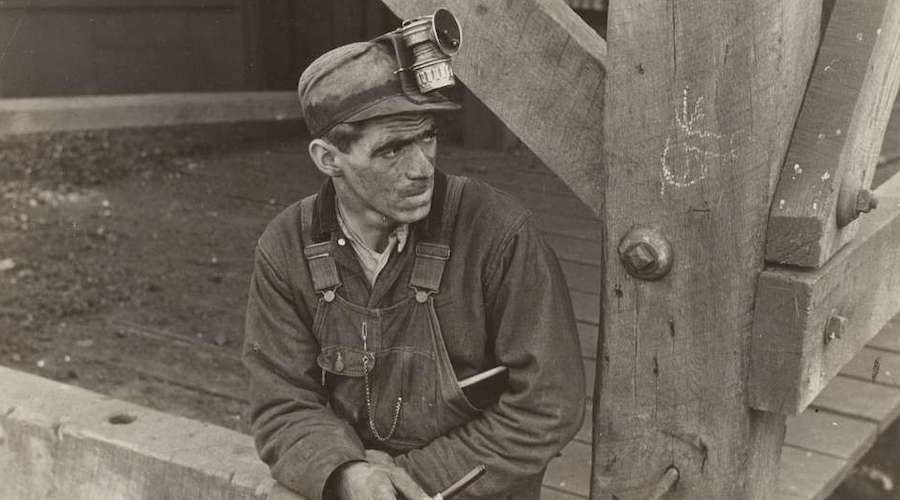
A study by researchers at National Jewish Health, a Denver-based academic hospital/clinic, found that coal miners that were born after 1930, employed modern mining technologies and developed progressive massive fibrosis (PMF) or black lung disease, worked significantly fewer years than their counterparts born before 1930.
The paper also found that scarring from silica dust exposure was more common in contemporary miners, even those whose job duties were not prioritized for dust sampling in current federal regulations such as electricians and foremen.
Silica or silicon dioxide is a particular concern. Even though it is safe in rock formations, breathing in silica dust is highly toxic and prolonged exposure to it can lead to severe lung disease.
According to the researchers, for the past two decades, there has been a major resurgence in progressive massive fibrosis among coal miners. This, despite the fact that, by law, routine monitoring of dust levels in specific “high-risk” jobs in underground coal mines is required, particularly those near the coal seam where the fossil fuel is mined from surrounding rock.
To reach their conclusions, the scientists examined lung tissue from deceased coal miners and compared findings across specific mining job duties to see which miners were at risk for severe black lung disease.
“Our findings show the importance of monitoring silica exposure in coal miners whose job duties weren’t previously considered high risk,” Lauren Zell-Baran, lead author of the study, said in a media statement.